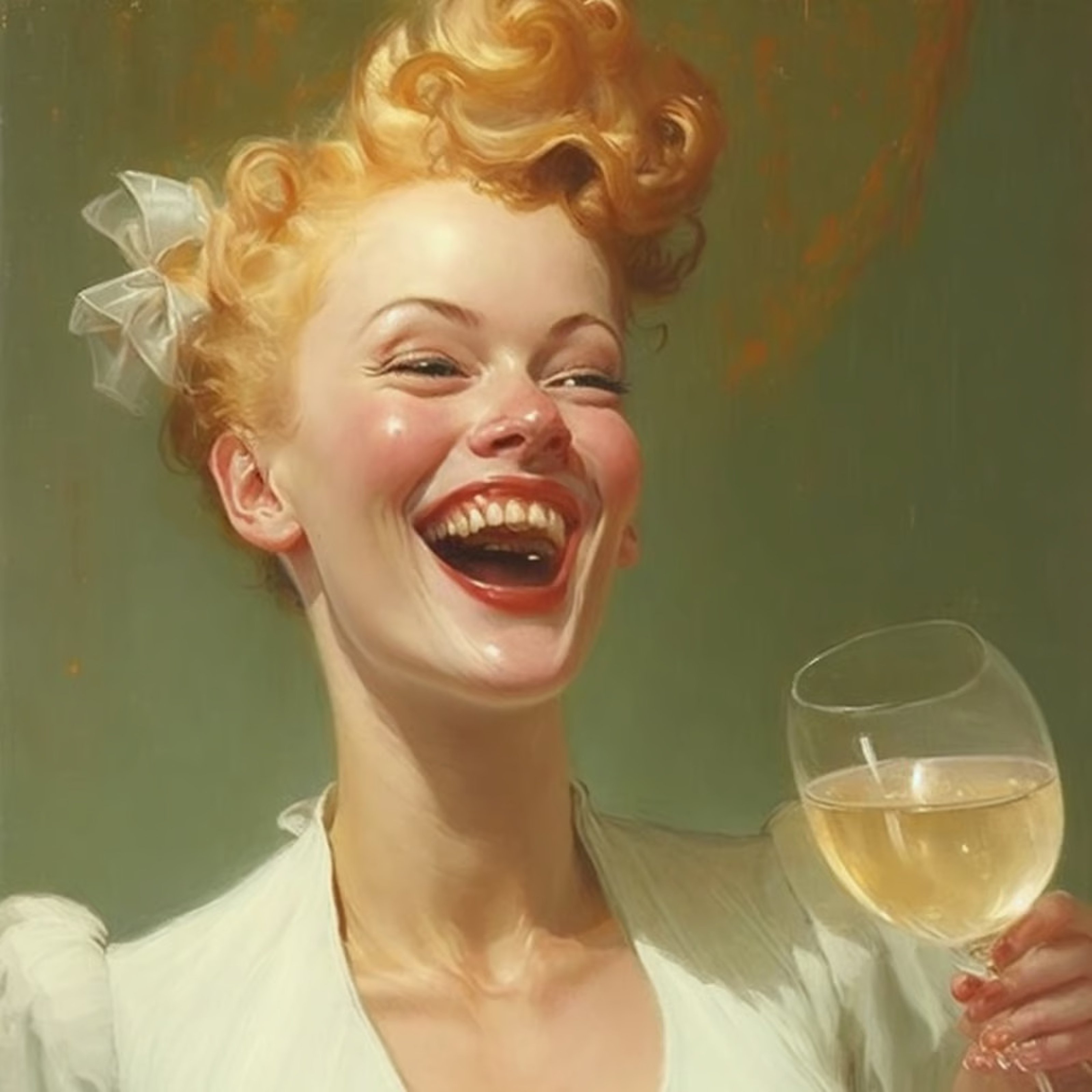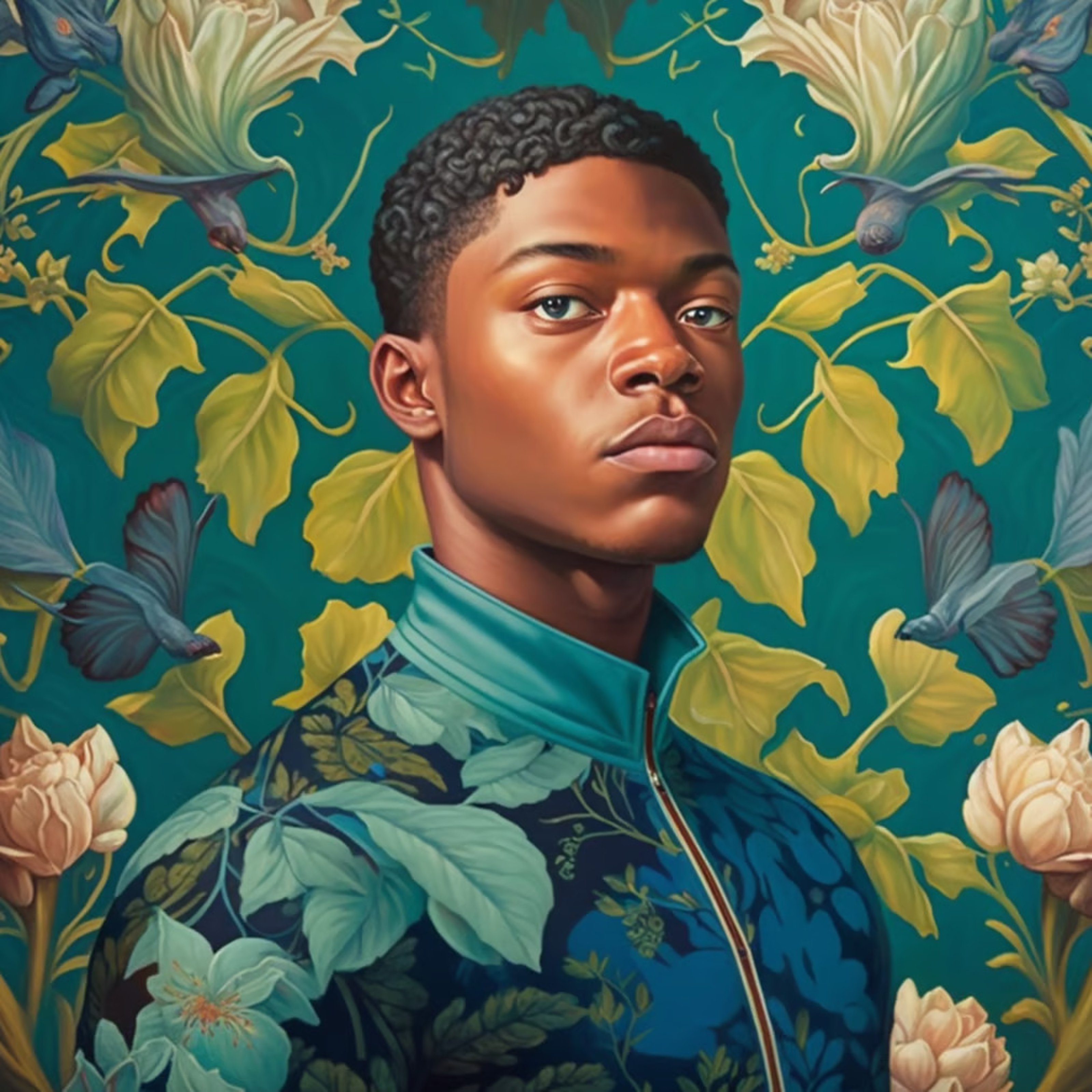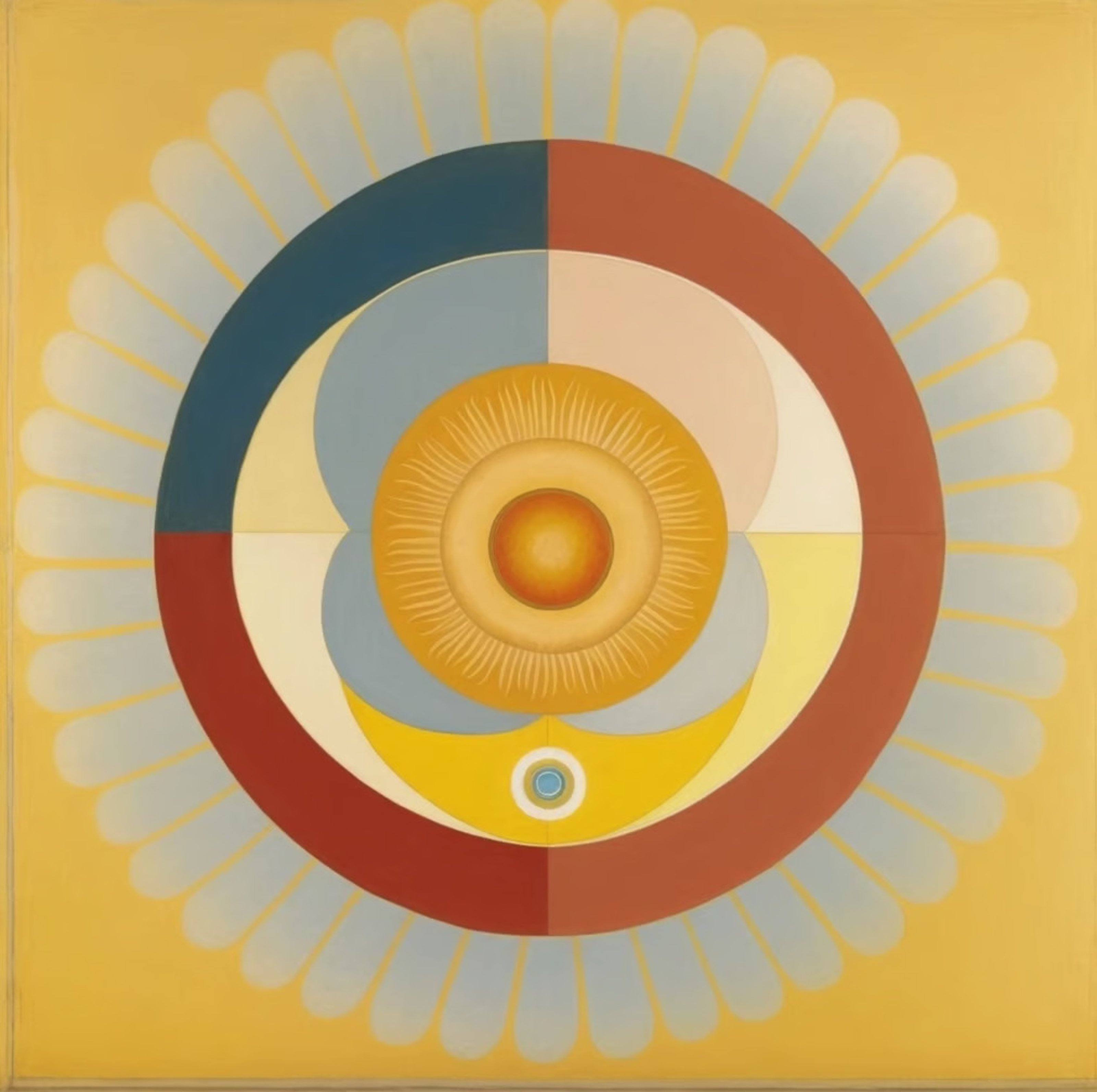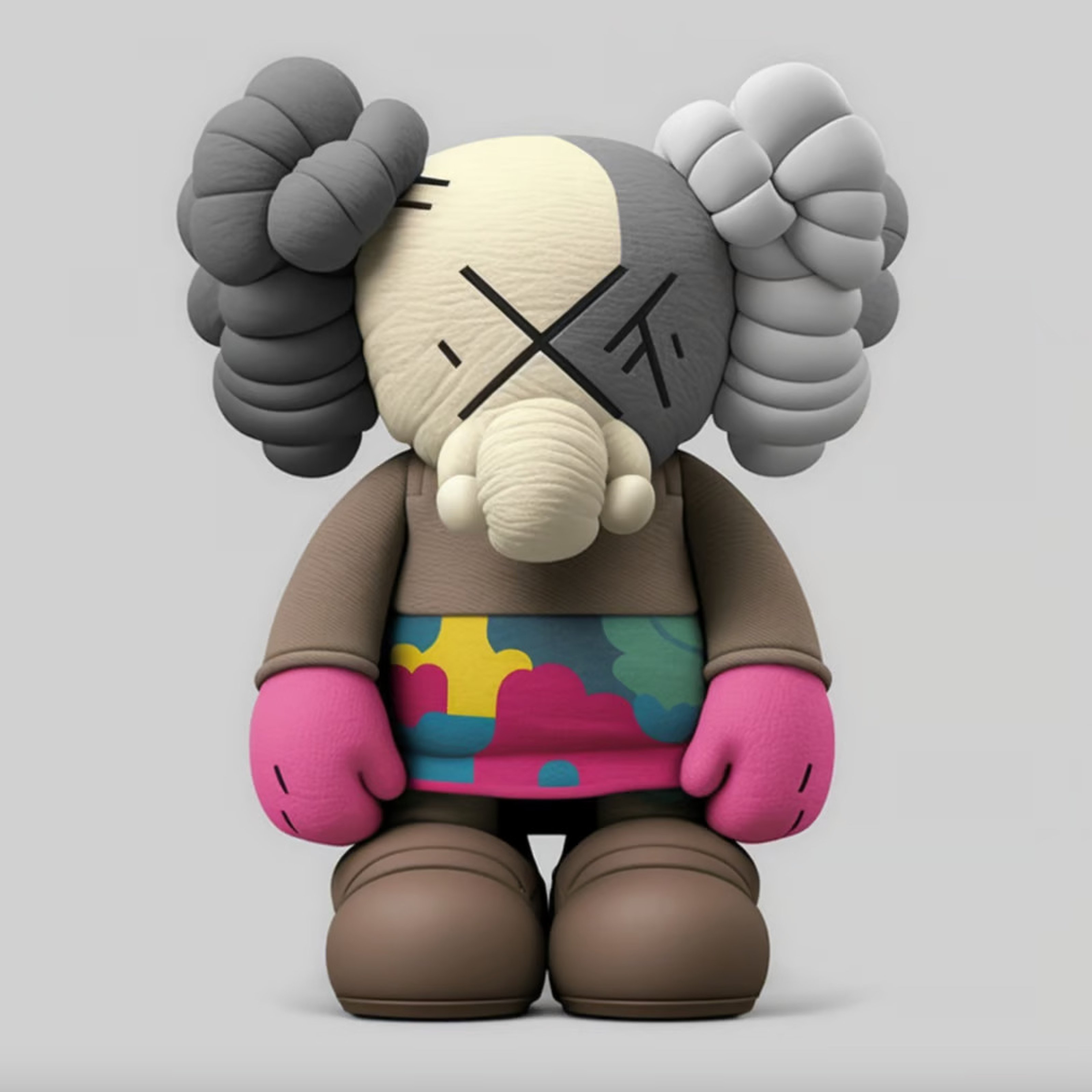The last few months have seen AI art rise in popularity in an unprecedented manner. Platforms like Stable Diffusion and DALL-E allow users to generate an image from a simple prompt in a few seconds. This prompted concern from human artists: could the ascent of AI art mean their obsolescence? Should they worry?

There is tangible anxiety within the art community concerning the fate of artists in the wake of AI development. Some predictions say that AI image generation will do away with potential jobs for artists. But, as is the case for most issues, the phenomenon will not affect everyone equally. The picture is undeniably grimmer for a certain group of artists, such as illustrators, graphic designers, and photographers.
Young members of this category rely on commissions of family portraits, fan art, and self-published books at the start of their career. However, since generative AI offers a cheaper alternative, it is possible that people will choose it over human-made art.1 AI heightens the vulnerability of an already overlooked group of artists. Artists with less prestige, who large institutions already value less.
AI will come to replace the work of those already excluded from the ivory tower of conceptual contemporary art. And artists who had found an alternative, a safe haven in odd jobs making illustrations and such might soon see their stability dissolve into thin air. The gap will deepen.
There are already examples of AI-generated art replacing tasks originally performed by humans. Literary magazines have reported receiving so much AI fiction that it has overshadowed works created by people.2 It takes exceptionally long to sift through submissions and check whether they were produced through AI or not. Thus, there is less time to read and evaluate human literature. As a result, fewer works are published, and fewer human authors get their big break. AI is undoubtedly changing the face of literature.

Discussion has ensued on social media platforms regarding the legal and ethical implications of AI art. These softwares are trained using images pulled from the web. Considering the sheer amount of content on the Internet, this could literally mean anything. There is particular concern in regards to AI making use of the copyrighted work of artists.
The AI art generator Stable Diffusion is trained off of three massive datasets. These are themselves composed of a number of different sources and platforms. Amongst them is Pinterest, where the largest proportion of images comes from. Anybody can upload anything they want to Pinterest, including copyrighted pieces. Likely, then, Stable Diffusion trained its AI using the copyrighted pieces of real artists’ works.3 But original creators receive no credit, despite the end product’s reliance on their original pieces.
Bloggers Andy Baio and Simon Willison created a tool that allows one to search through Stable Diffusion’s datasets.4 A number of artists have voiced their discontent5 when stumbling upon their own work. There is indeed an abundance of copyrighted material in the dataset and this seems to be the case for most training datasets tied to generative AI models.
Generative AI might continue to operate in such a matter for the foreseeable future. The legality of their using copyrighted art for training is still up in the air, so there is no tangible legal danger yet. While this might change in the future—and AI users, as well as platform owners, must be aware of the consequences of overriding copyright laws—it’s currently more of a moral question than anything else. Is it right to take advantage of the work of others without their consent?

Does the training of generative AI systems by the means of copyrighted art fall under “fair use”?6 This question mainly pertains to the American context, where the Supreme Court continues to define the concept on a case-to-case basis.7 With this judicial system in place, the answer to copyright and AI fair use is still unclear.
In February of this very year, Getty Images filed a lawsuit against Stability AI.8 The company is accusing the creators of Stable Diffusion of infringing its intellectual property. They did not pay Getty Images to use their pieces to train their AI. Similarly, a trio of artists launched a lawsuit against the same company, as well as Midjourney, for violating copyright law.9 Getty Images complains that these companies used their images to train their AI without consent.
There are clear legal concerns in the development of AI, knotted with ethical ones. The United States Supreme Court could potentially decide that using copyrighted images to train AI complies with “fair use” policy. Such a decision might trigger tremendous outrage from concerned artists, who, whether due to concepts of ownership or claim to rewards, might find the verdict intensely objectionable. After all, is it really fair to use someone’s work without asking or compensating them? In some cases, AI art systems can simply reproduce the images used to train them.10 This could have fateful consequences, for it could ultimately come down to the prompt-creator claiming ownership over already-existing images, and potentially overriding copyright laws.
As a new technological frontier, AI is encountering dubious ethics, not only in terms of training its generative softwares, but also in the final product.

If someone writes a prompt for an AI model to create an image, who is its creator? There is some level of skill required to craft a good prompt. So much so that some predict the emergence of a new position: “prompt engineer”.11 Perhaps one can liken AI to photography; the picture is made by a machine, but ultimately the quality of that image is determined by the skill of the photographer. Following the same logic, a human’s input into the AI system could be said to make the person the output’s creator.
Except the U.S. legal system begs to differ. The country’s copyright office recently ruled AI art cannot be copyrighted under the premise that human authorship is necessary to obtain copyright.12 In the eyes of U.S. law, AI art is not a form of human expression.
Such legal boundaries make it unlikely that AI-generated art will replace human-made art. Knowing that images created with the help of AI will belong to the public domain might discourage people from resorting to this technology. Especially if said images are intended to end up within a larger creative project.
Under different circumstances, individuals might still feel compelled to use AI to produce images, particularly if the illustrations are meant to act as ‘extra’ elements, like article headers or social media posts. So, it’s possible that AI art’s inability to be copyrighted would still mean fewer jobs for illustrators and designers. Even so, there are other factors that might put the artist’s mind at ease.

We live in a capitalist society, and that means that, for the most part, the average person cannot access services—whether design, performing arts, entertainment or general creative services—without paying for them. Their very purpose might be to produce wealth, and Generative AI is not an exception. Some anticipate that AI art will not remain accessible to the public for long.13 While most AI systems today are affordable, this will change very soon. As they become more advanced, companies will seek increased profits. As prices rise, artists may find themselves in increased demand due to competition in the market.
There is also the possibility of the formation of ethical movements such as “AI vegans,” as described by leading computer programmer and notorious blogger Simon Willinson.14 Though this is more of an abstract concept than an actual community, AI vegans would, like real vegans, decide whether or not to make use of this or that AI platform depending on how ethical their training models are. Or perhaps a “vegan” text-to-image model15, exclusively trained on public domain content. Though this seems like a powerful concept, leaving ethics up to individual choice is far from ideal. How likely is it that enough people will choose to avoid the currently cheap-and-easy alternative and instead opt for the hard track?
What about technological determinism or an AI takeover? Sure, sensationalist Stephen Hawking might have proclaimed that, if we are not careful, AI could end the human race.16 But is it really the case that our only two paths ahead are evil AI or helpful AI? It’s worth considering that the future does not necessarily entail a technologically-driven society. Perhaps it is time for us to interrogate the idea that the endpoint is digital life. Thinking we are doomed to an AI conquest might act as a self-fulfilling prophecy. We might be sentencing ourselves by accepting it as fact before it allegedly leaves us behind.
But, in reality, all this ringing the alarm could be for nothing. It is worth attempting to predict the troubles of the future, yet as humans, we have persistently adapted to new technological conditions. In the 19th century it was thought that cameras would replace painters.17 They did not, and photography and cinema are currently recognized as distinctly separate and valid mediums from painting. AI art might follow the same pattern, and it might soon become just another option in our toolbox.